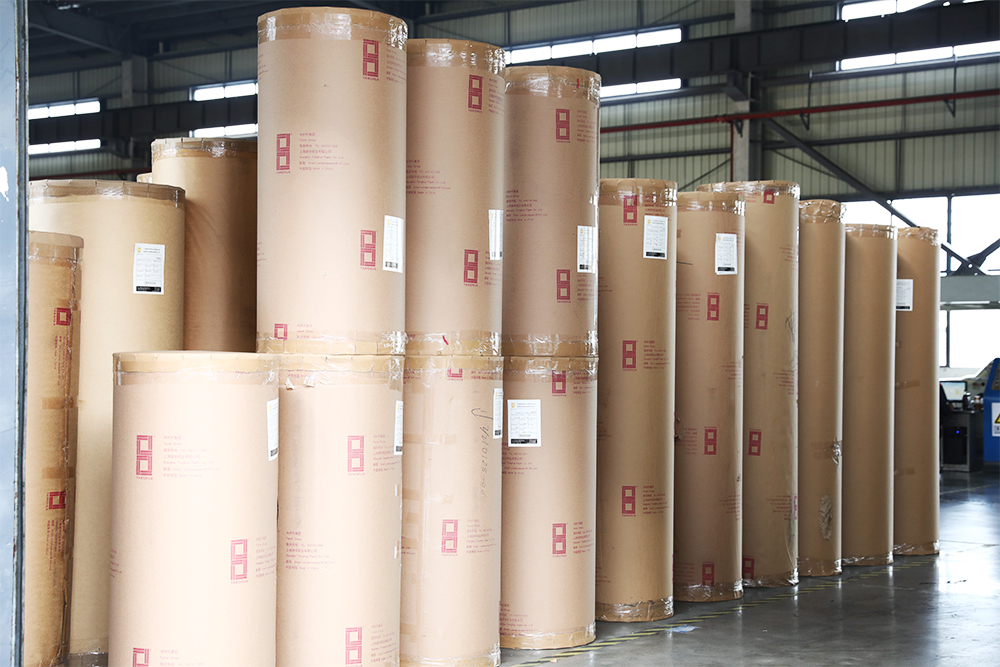Laminated nonwoven fabrics are a type of textile material that has been strengthened by bonding one or more layers of other fabrics. This process uses heat and pressure to create a laminated fabric that is strong, durable, and can resist moisture, bacteria, abrasion, and UV radiation. Compared to traditional woven textiles, these materials are easier to work with and more versatile in use. They also have many benefits, including aeration filtration, absorbent insulation, water proofing, and being soft and comfortable to touch.
In order to produce a laminated nonwoven fabric, an endless mesh (net) belt is driven being supported by rollers. A laminated material consisting of an intermediate layer 2 which is made of a melt-blown nonwoven fabric obtained by melt-blowing an olefin-type resin and inner and outer layers 3a and 3b which are formed of a spun-bonded non-woven fabric that chiefly consists of polyester-type fibers are supplied onto the belt. The fibers in the melt-blown nonwoven fabric and the spun-bonded non-woven fabric are then intermingled by means of mechanical intermingling or by the needle-punching working. This intermingling prevents the melt-adhered portions between the two non-woven fabrics from solidifying and stiffening, thus allowing the laminated nonwoven fabric to have softness, feel and hand which are superior to those of the laminated nonwoven fabric stuck together by the heat-emboss working or the ultrasonic-wave working.
The nonwoven fabrics used to make laminated nonwoven fabrics are produced using a wide variety of materials, including polypropylene, polyethylene, polyester, nylon, and acetate. These fibers are mixed in different ratios to meet the specific requirements of each fabric. For example, olefin and polyester are often used to make nonwovens for strength and waterproofing, while acetate and vinyon are used for absorption. Some nonwovens are even made with recycled fibers to reduce their carbon footprint and help conserve resources.
Because of their strong and long-lasting structure, laminated nonwovens are an excellent choice for making a wide range of bags, from reusable tote bags to custom promotional bags. These durable bags are able to carry heavy loads without getting damaged or torn, and they can be customized with a range of features for each customer's needs.
Additionally, laminated nonwovens are eco-friendly because they are recyclable and do not require as much energy to produce as woven textiles. This makes them a sustainable and environmentally friendly alternative for consumers who are concerned about the impact of their purchases on the environment. In addition, they can be easily cut to fit the shape of any product, and they can be printed with logos, designs, or text. They can also be used to replace paper towels in restrooms, or to make furniture covers that are resistant to moisture and mold. These eco-friendly products are ideal for use in schools, hotels, and luxury accommodations. They are also easy to clean, and are more hygienic than woven products. In fact, some people even prefer them to woven textiles for home furnishings. However, a number of factors must be taken into account when choosing the right material for your project.

